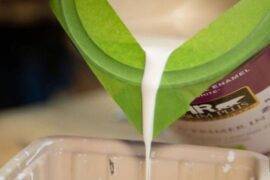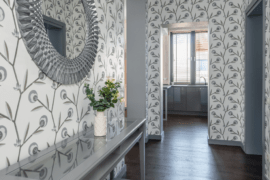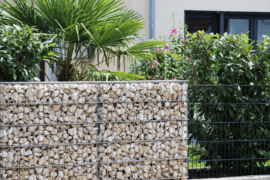When it comes to giving your walls a fresh coat of paint, the finish you choose can make all the difference. Whether you’re a seasoned DIYer or a first-time painter, understanding the nuances of satin vs eggshell finishes is crucial for achieving the desired look and functionality in your space.
The decision isn’t just about the color; it’s about the sheen and the ambiance you want to create. We’ll get into the world of satin and eggshell paints, comparing their characteristics, and helping you make an informed choice for your next home improvement project.
Discovering the Distinct Qualities of Satin and Eggshell Paint Finishes
At first glance, satin and eggshell might seem quite similar, but a closer look reveals their unique traits. Satin paint, known for its velvety sheen, offers a bit more gloss than eggshell. This slight luster not only adds a touch of elegance to walls but also provides a durable surface that stands up well to cleaning and scrubbing. It’s an ideal choice for high-traffic areas like hallways, kids’ rooms, and living spaces where fingerprints and smudges are more likely to occur.
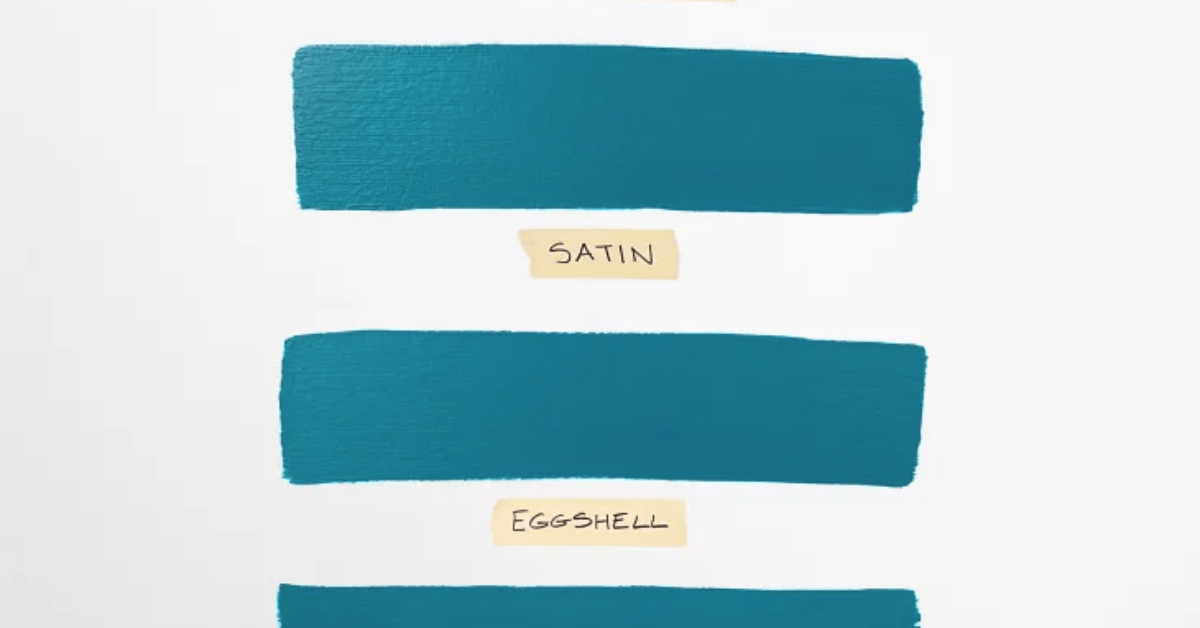
Eggshell, on the other hand, boasts a soft, low-luster finish that resembles the delicate surface of an eggshell. It offers a warmth and depth that satin can’t match, making it perfect for creating a cozy and inviting atmosphere. While it’s less durable than satin, it’s still more forgiving than a flat or matte finish when it comes to cleaning. Eggshell is often favored for bedrooms and dining areas where the traffic is lighter and the need for frequent cleaning is less pressing.
Balancing Aesthetics and Practicality
Choosing either satin vs eggshell often comes down to balancing aesthetics with practicality. If you’re aiming for a bit of sheen and need a finish that can handle a bit of wear and tear, satin is your go-to. Its reflective quality can also help brighten up a room, making it feel more spacious and airy. However, it’s worth noting that the higher gloss level of satin can also highlight imperfections in the wall, so proper surface preparation is key.
For those who prefer a more muted look and are painting a room that doesn’t see a lot of messes, eggshell is a wonderful option. Its understated charm is perfect for spaces where you want to create a relaxed, sophisticated vibe. The lower sheen of eggshell paint means it’s less likely to show roller or brush strokes, making it a forgiving choice for the less experienced painter.
Understanding the Durability and Maintenance of Satin and Eggshell Finishes
When it comes to durability and maintenance, both satin and eggshell have their advantages and limitations. Satin’s tougher finish means it can withstand cleaning and scrubbing better than eggshell. This makes it a smart choice for areas like kitchens and bathrooms where moisture and stains are common. Satin’s durability also means it can help protect walls from the wear and tear of daily life, keeping your paint job looking fresh for longer.
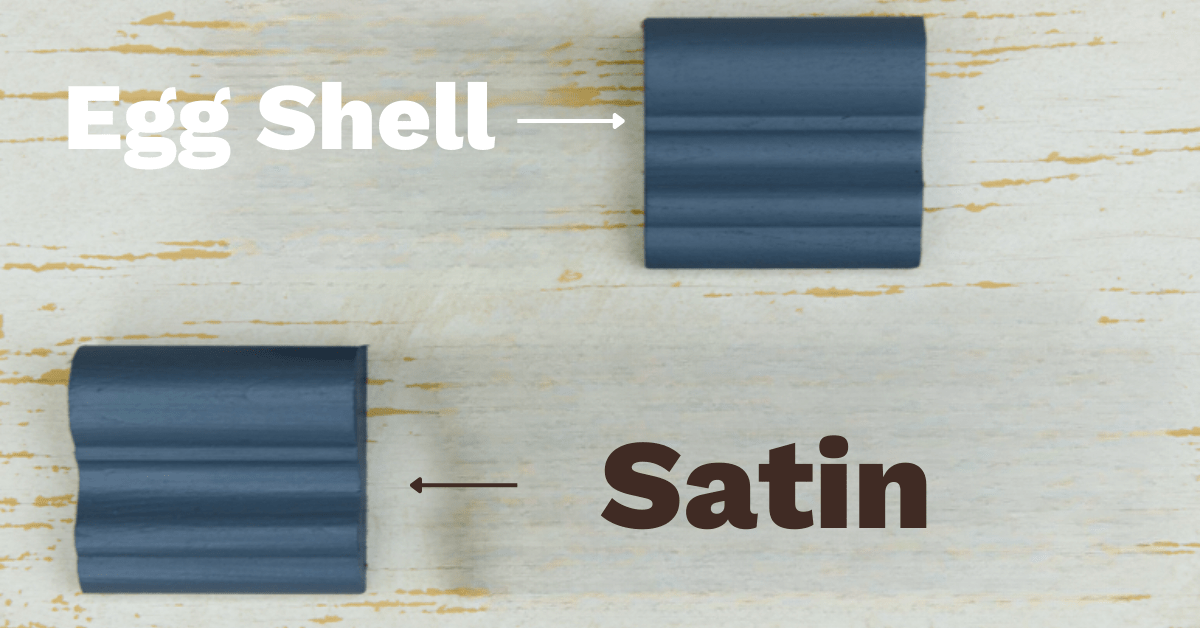
Eggshell, while not as robust as satin, is still easier to clean than flat or matte paints. It can handle light wiping, which should be sufficient for rooms that don’t encounter heavy soiling. However, for households with children, pets, or high-traffic demands, eggshell might not be the best choice unless you’re prepared for more frequent touch-ups.
Tips for Applying Satin and Eggshell Paints
Applying satin or eggshell paint requires some know-how to achieve a flawless finish. For satin paint, it’s important to sand and smooth out the walls as much as possible before you start. Any imperfections can be magnified by the paint’s gloss, so take the time to prep your surfaces well. When applying satin, use a high-quality roller or brush and work in small sections to maintain a wet edge, which helps to avoid lap marks.
With eggshell paint, the application process is a bit more forgiving. While surface preparation is still important, you don’t need to be as meticulous as with satin. Use a medium-nap roller to apply the paint in even, overlapping strokes. Eggshell’s lower sheen means it’s less likely to show up application flaws, but you should still aim for consistency to ensure an even, professional-looking finish.
Related Articles:
- Can You Paint Over Wallpaper? Yes, And Here’s How
- The Paint Colors You Should Never Use in a Bathroom
- Painting Possibilities: The Best Cabinet Paint Options
In the end, the decision of satin vs eggshell comes down to your personal style, the function of the room, and how much maintenance you’re willing to undertake. Satin offers a durable and easy-to-clean surface with a bit of sheen, making it suitable for active spaces. Eggshell, with its soft and subtle finish, provides a tranquil backdrop for more serene environments. Both finishes have their place in home decor, and by understanding their differences, you can select the right paint for your walls with confidence.
Turn your house into the home of your dreams. Our newsletter provides you with design ideas and decor trends. Subscribe now to start your journey to a stunning home! Click here to subscribe now.




